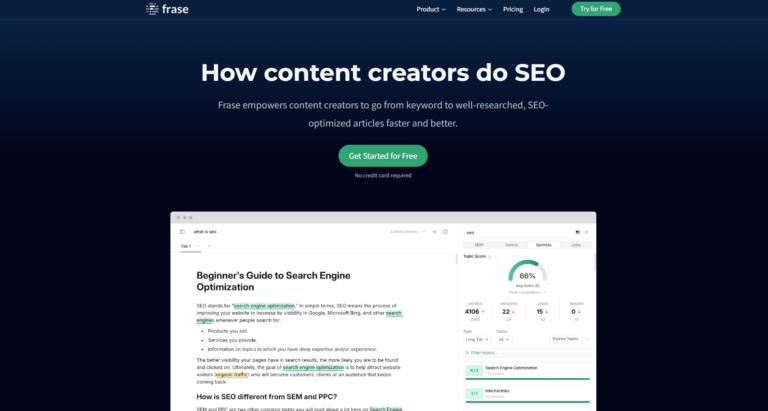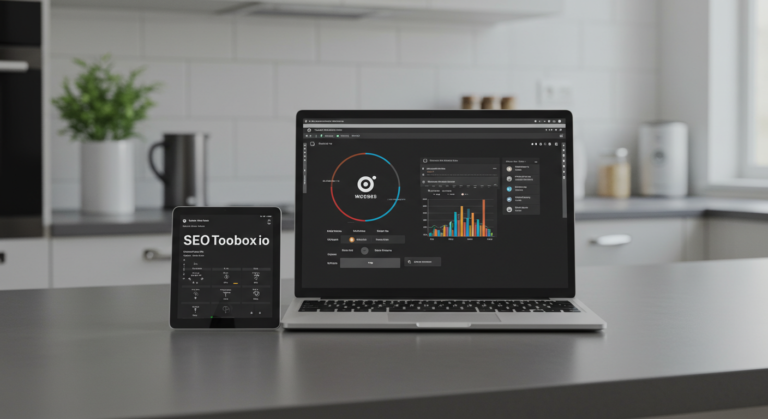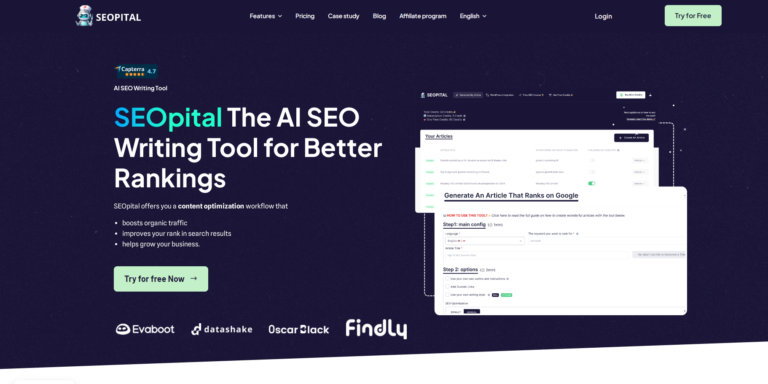How to Start a Small Business in Printing
Table of Contents

Introduction: Can You Turn Your Passion for Printing into Profit?
Have you ever wondered if your love for design and creativity could actually become your career? What if I told you that starting a small business in printing is not only possible but also easier than you think? Whether you’re dreaming of crafting custom stationery, designing eye-catching banners, or even exploring 3D printing, the opportunities are endless. And guess what? You don’t need to be an expert to get started. With just five easy steps, you can turn your passion into a profitable venture. So, let’s dive in and discover how you can make it happen 1!
Overview: Why Is a Small Business in Printing Worth It?
Printing businesses have been around for decades, but they’re far from outdated. In fact, they’re evolving faster than ever thanks to advancements in technology like 3D printing and digital design tools. The best part? A small business in printing doesn’t require massive upfront investment or years of experience. While it does take some planning and effort, the flexibility and potential for growth make it worth every step.
- Time Requirement: Depending on your goals, you can start small with a few hours a week and scale up as your business grows.
- Difficulty Level: Moderate. You’ll need basic technical skills (which are easy to learn) and a willingness to market yourself.
So, whether you’re looking for a side hustle or a full-time gig, a small business in printing could be the perfect fit 8.
Essential Ingredients: What Do You Need to Get Started?
Just like baking a cake, starting a small business requires the right ingredients. Here’s what you’ll need:
1. Equipment
- A reliable printer (choose between inkjet, laser, or specialty printers like 3D printers).
- Computers with design software (like Adobe Illustrator or Canva).
- Basic office supplies (paper, ink, cutting tools, etc.).
Tip: If you’re on a budget, consider renting equipment or buying refurbished models.
2. Skills
- Basic graphic design knowledge.
- Understanding of customer service and sales.
- Ability to troubleshoot technical issues.
Substitutions: Don’t worry if you’re not tech-savvy—there are plenty of online courses to help you learn these skills quickly 2.
3. Target Market
- Identify who your ideal customers are (local businesses, event planners, schools, etc.).
- Research their needs and tailor your services accordingly.
Variations: Specializing in niche markets, such as wedding invitations or promotional materials, can set you apart from competitors 4.
Step-by-Step Instructions: How to Build Your Small Business
Now that you know the essentials, let’s break down the process into five simple steps:
Step 1: Choose Your Niche
Decide what type of printing services you want to offer. Will you focus on custom T-shirts, business cards, posters, or something else entirely? Picking a niche helps you stand out and attract specific clients 8.
Step 2: Create a Business Plan
A solid plan is the foundation of any successful small business. Include details like:
- Your mission statement.
- Pricing strategy.
- Marketing approach.
- Long-term goals.
This roadmap will keep you focused and organized 9.
Step 3: Invest in Quality Equipment
Your tools determine the quality of your work. Spend wisely on durable, high-performance machines that suit your chosen niche. For example, if you’re doing 3D printing, invest in a good-quality printer capable of handling detailed designs 3.
Step 4: Build Your Brand
Your brand is how people recognize and remember you. Design a professional logo, create a website, and establish a strong social media presence. Consistency across all platforms builds trust and credibility 6.
Step 5: Market Your Services
Spread the word about your new venture! Use both traditional methods (flyers, networking events) and digital strategies (SEO, email campaigns). Offering discounts for first-time customers is a great way to attract clients 10.
Assembly: Combining Everything for Success
Once you’ve completed the previous steps, it’s time to put everything together. Think of your business as a puzzle—each piece (equipment, branding, marketing) plays a crucial role in creating the bigger picture. Here’s how to assemble your success:
- Launch your website and showcase your portfolio.
- Connect with local businesses and attend trade shows to build relationships.
- Continuously improve your skills by taking workshops or learning new techniques.
Presentation Tip: Always deliver high-quality products on time. Happy customers lead to repeat business and referrals 7.
Storage and Make-Ahead Tips: Keep Your Business Running Smoothly
Running a small business means staying organized. Here’s how to manage your resources effectively:
- Store Supplies Properly: Keep paper and ink in a cool, dry place to prevent damage.
- Plan Ahead: Schedule regular maintenance for your equipment to avoid breakdowns.
- Track Finances: Use accounting software to monitor expenses and profits.
These habits ensure your business stays efficient and stress-free 9.
Business Variations: Get Creative with Your Ideas
Don’t limit yourself to traditional printing services. Explore creative alternatives like:
- Custom apparel printing.
- Personalized gifts (mugs, phone cases, etc.).
- Eco-friendly printing options using recycled materials.
The possibilities are endless when you think outside the box 4.
Conclusion: Ready to Start Your Small Business Adventure?
Starting a small business in printing may seem daunting at first, but with the right mindset and preparation, it’s completely achievable. Follow these five easy steps, stay consistent, and most importantly, have fun along the way. Remember, every big company started as a small idea—yours could be next! So, why wait? Take that first step today and watch your dreams come true 1.
FAQs: Common Questions About Starting a Small Business in Printing
Q1: Do I need prior experience to start a printing business?
Nope! While experience helps, there are plenty of resources available to teach you the basics. Online tutorials and workshops can get you up to speed quickly 2.
Q2: How much money do I need to start?
It depends on your setup. You can start small with a few hundred dollars for basic equipment and scale up as you grow 8.
Q3: What are the best marketing strategies for beginners?
Focus on building an online presence through social media and SEO. Offering promotions like discounts or referral bonuses can also attract new customers 10.
Q4: Can I run this business from home?
Absolutely! Many printing businesses operate successfully from home offices or garages 9.
Q5: Is 3D printing a good option for beginners?
Yes, but it requires more specialized equipment and skills. If you’re interested, start with simpler projects before diving into complex designs 3.
By following this guide, you’ll be well on your way to launching a thriving small business in printing. Good luck, and enjoy the journey!




